Cable TV Alternatives: Streaming Services & Live TV Options
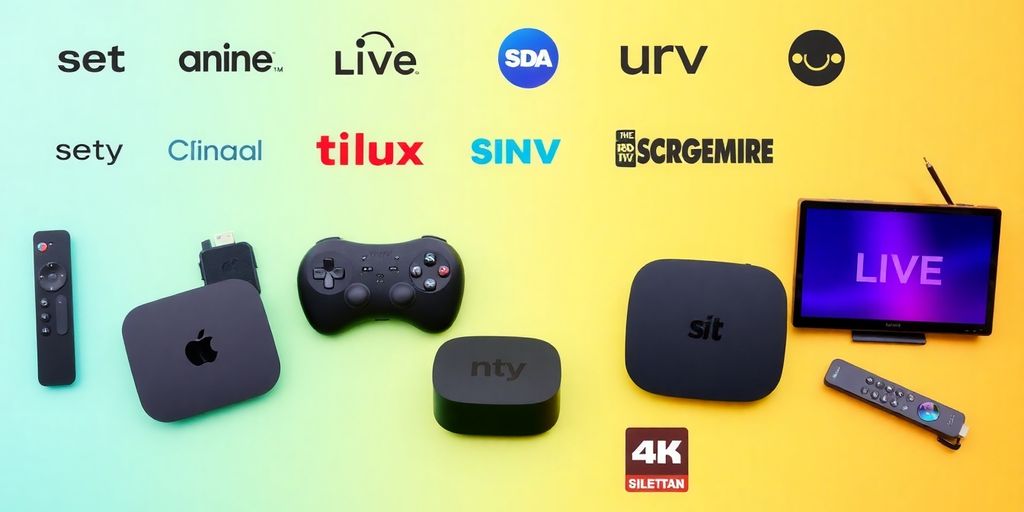
In today’s world, many people are looking for ways to cut costs, especially when it comes to entertainment. Cable TV has become expensive, and many are turning to streaming services as a more affordable alternative. If you’re considering making the switch, this article will explore various cable TV alternatives, including live TV streaming services, on-demand platforms, and hybrid solutions. You’ll find options that suit your viewing habits and budget, helping you stay entertained without breaking the bank.
Key Takeaways
- Live TV streaming services offer flexibility without contracts, making them a great cable alternative.
- On-demand platforms provide a vast library of shows and movies, often at a lower price than cable.
- Combining live TV with on-demand services can maximize your viewing options.
- Using antennas can help you access local channels while keeping costs down.
- The future of streaming services looks bright, with new technologies and competitive pricing on the horizon.
Exploring Live TV Streaming Services
So, you’re thinking about ditching cable? Smart move! One of the biggest things people wonder about is how to still watch live TV. That’s where live TV streaming services come in. They’re basically cable, but delivered over the internet. It’s all part of the brave new world of live TV streaming.
Benefits of Live TV Streaming
Okay, so why even bother with these services? Well, for starters, no more contracts! That’s a huge win right there. Plus:
- Usually cheaper than cable (but not always, so do your homework).
- Watch on pretty much any device – phone, tablet, smart TV, you name it.
- Tons of options, so you can find something that fits your needs.
Switching to streaming can feel overwhelming at first, but the flexibility and potential cost savings are worth exploring. It’s about finding the right mix of services that match your viewing habits and budget.
Top Live TV Streaming Options
There are a bunch of players in the game, and it can be hard to keep track. Here are a few of the big ones:
- YouTube TV: Pretty solid all-around, good channel selection.
- Hulu + Live TV: Combines live TV with Hulu’s on-demand library.
- Sling TV: Known for being customizable and affordable.
- FuboTV: Sports-focused, if that’s your thing.
Comparing Pricing and Packages
This is where things get tricky. Each service has different packages, channel lineups, and prices. Here’s a quick look at what you might expect:
| Service | Starting Price | Key Features |
|---|---|---|
| YouTube TV | $72.99/month | Unlimited DVR, good channel selection |
| Hulu + Live TV | $76.99/month | Hulu on-demand library, Disney+, ESPN+ bundle |
| Sling TV | $40/month | Customizable packages, lower price point |
| FuboTV | $74.99/month | Sports-focused, lots of channels |
Remember, these are just starting prices, and they can go up depending on what add-ons you choose. It’s important to compare the channel selection and features to see what works best for you.
On-Demand Streaming Services
Popular On-Demand Platforms
Okay, so you’re thinking about ditching cable. Smart move! Let’s talk about on-demand streaming. These are the services where you pick exactly what you want to watch, when you want to watch it. No more channel surfing! Think of it like a giant, digital video store, but way better. Netflix is the big one, of course, but don’t forget about Hulu, Amazon Prime Video, Disney+, and a bunch of others. Each has its own library of shows and movies, and they’re all fighting for your attention (and your money).
- Netflix: Huge selection, tons of originals. Everyone knows Netflix.
- Hulu: Great for current TV shows, plus some originals. Live TV option too.
- Amazon Prime Video: Included with Prime, so you might already have it. Good mix of movies and shows.
- Disney+: If you have kids (or are a kid at heart), this is a must-have.
It’s worth noting that the streaming landscape is always changing. Services come and go, content gets shuffled around, and prices fluctuate. Remember AT&T Watch TV, TVision and PlayStation Vue? Gone! So, do your research and be prepared to switch things up if needed.
Combining On-Demand with Live TV
Here’s a cool thing: some services let you combine on-demand and live TV. Hulu + Live TV is a popular option. You get all the on-demand stuff from Hulu, plus a bunch of live channels. YouTube TV is another one. It’s like getting the best of both worlds. Most live TV subscriptions include access to a selection of video-on-demand content, like you would get with a traditional streaming service. This is a great way to cut the cord without missing out on live sports or news.
Cost-Effective On-Demand Choices
Alright, let’s talk money. Streaming can be cheaper than cable, but it can also add up if you subscribe to a bunch of services. The key is to be smart about it. Rotate your subscriptions! Watch everything you want on one service, then cancel it and move on to another. Also, look for bundles or deals. Some companies offer discounts if you subscribe to multiple services. For example, you can get Disney+, Hulu, and ESPN+ in a bundle. Also, don’t forget about free options like Tubi or the Roku Channel. They have ads, but hey, it’s free! Services like Philo start at a mere $7 per month and stream A&E, Lifetime, Game Show Network, Outdoor Channel and about 35 others. Of course, most live TV streaming options will deliver more sizable lists of cable networks, but just note that you may already be paying for some of them — and if all you need is a certain channel, you could get it cheaper by subscribing directly.
Hybrid Solutions for Cable TV Alternatives
Using Antennas for Local Channels
Okay, so you’re thinking about ditching cable, but you still want your local news and sports? An antenna is your friend. Seriously. It’s a one-time purchase, and you get over-the-air channels for free. The number of channels you get depends on your location and the antenna, but it’s a solid way to get your local ABC affiliate without a monthly bill. I was surprised at how many channels I picked up!
- Clear picture quality (often better than cable).
- No monthly fees.
- Easy to set up.
Integrating Streaming Services
Now, here’s where things get interesting. You’ve got your antenna for local stuff, but what about everything else? That’s where streaming comes in. Think of it as building your own cable package, but way cheaper. You can mix and match services like Netflix, Hulu, or Sling TV to get the shows and movies you want. It’s all about finding the right balance for your viewing habits.
I’ve found that combining an antenna with a couple of streaming services gives me way more flexibility than cable ever did. Plus, I’m not stuck paying for channels I never watch.
Best Hybrid Options Available
So, what are the best ways to combine these options? Well, it depends on what you watch. But here’s a common setup: an antenna for local channels, plus a subscription to a service like Netflix or Hulu for on-demand content. Another option is to use a live TV streaming service like YouTube TV or Sling TV alongside your antenna. This gives you a wider range of channels, including sports and news, without the commitment of cable. Experiment to see what works best for you.
| Option | Pros | Cons |
|---|---|---|
| Antenna + Netflix/Hulu | Cheap, good for local and on-demand content | Limited live channels |
| Antenna + YouTube TV/Sling TV | More live channels, sports, and news | More expensive than just antenna + on-demand |
| All Streaming | Maximum flexibility, access to a wide range of content | Can get expensive if you subscribe to too many services |
Evaluating Channel Lineups

Most Comprehensive Channel Packages
When you’re ditching cable, the channel lineup is super important. You want to make sure you’re not missing out on your favorite shows or sports. Some services try to be everything to everyone, offering a ton of channels, but that can also mean you’re paying for stuff you don’t even watch. It’s a balancing act. The goal is to find a service that gives you the most of what you want without breaking the bank.
Niche Channels and Specialty Content
Beyond the big networks, think about those niche channels. Do you need a specific sports channel? Are you into foreign films? Maybe you’re a cooking show fanatic? These smaller channels can really make or break a streaming service for some people. Don’t just look at the big names; dig into the full channel list before you commit. It’s easy to overlook these, but they can be a big deal. For example, if you’re a big sports fan, you might want to check out the availability of regional sports networks.
Local Channels Availability
Don’t forget about local channels! Getting your local news, weather, and sports is still important for a lot of folks. Some streaming services include local channels in their packages, but others don’t. You might need an antenna to get those channels, which is an extra step, but it can be worth it. It’s a good idea to check which streaming services offer the most popular channels in your area.
It’s worth noting that channel lineups can change. Networks fight over access to popular channels all the time. A channel you love might disappear from a service if a contract expires. So, keep an eye on those changes!
User Experience and Device Compatibility
Streaming on Various Devices
Okay, so you’ve ditched cable. Great! But can you actually watch anything? That’s where device compatibility comes in. Most streaming services work on a ton of devices these days. We’re talking smart TVs (like Samsung, LG, and Sony), streaming sticks (Roku, Fire TV Stick, Chromecast), smartphones and tablets (iOS and Android), computers (Windows and Mac), and even some game consoles (PlayStation, Xbox).
- Make sure the service you pick works with the devices you already own.
- Some older smart TVs might not be compatible, so double-check.
- Consider getting a streaming stick if your TV is outdated.
User Interface Comparisons
The user interface (UI) can make or break your streaming experience. A clunky, slow, or confusing UI will drive you nuts. Some services have really slick, easy-to-use interfaces, while others… not so much. Things to look for:
- Easy navigation: Can you find what you want quickly?
- Personalization: Does the service learn your preferences and make good recommendations?
- Search functionality: Is it easy to search for specific shows or movies?
- Responsiveness: Does the interface load quickly and smoothly?
I remember trying one streaming service where it took me like five minutes just to find the settings menu. It was buried under layers of confusing options. I cancelled my subscription pretty fast after that. A good UI is a must-have.
Accessibility Features
Accessibility is a big deal, and streaming services are (slowly) starting to catch on. Look for features like:
- Closed captions: Essential for anyone who is hard of hearing.
- Audio descriptions: Narrates what’s happening on screen for visually impaired viewers.
- Voice control: Lets you control the service with your voice.
- Adjustable font sizes: Makes it easier to read menus and descriptions.
It’s worth checking out what accessibility features each service offers before you commit. Everyone deserves to enjoy their shows and movies!
Cost Considerations for Streaming Services
Monthly Subscription Costs
Okay, let’s talk money. The first thing you’ll notice is the monthly fee. It’s what everyone focuses on, and for good reason. These can range quite a bit, from budget-friendly options to premium services that cost as much as, or even more than, traditional cable. It’s important to shop around and see what each service offers for its price point.
- Basic plans with limited channels often start around $25-$40.
- Mid-tier plans with a decent channel selection usually fall in the $60-$80 range.
- Premium plans with all the bells and whistles can easily exceed $80-$100+.
Hidden Fees and Add-Ons
Don’t get fooled by the initial price tag. Streaming services are notorious for add-ons and other fees that can quickly inflate your bill. It’s like buying a car – the base price looks great, but then they hit you with the extras. Here are some things to watch out for:
- Equipment fees: Some services charge extra for renting a streaming device or set-top box. Make sure your current devices are compatible to avoid this.
- Add-on channels: Want HBO, Showtime, or that sports package? Expect to pay extra each month.
- DVR storage: Many services offer limited DVR storage for free, but you’ll need to upgrade for more recording space.
- Simultaneous streams: The number of devices you can stream on at the same time is often limited. Upgrading to allow more streams will cost you.
Long-Term Savings Compared to Cable
Here’s the big question: is streaming really cheaper than cable in the long run? The answer is… it depends. Initially, it might seem like a steal, but those add-ons and upgrades can add up fast. The key is to be mindful of what you’re actually watching and avoid paying for channels you don’t need.
Switching to streaming can save you money, but it requires some effort. You need to regularly review your subscriptions, cancel services you’re not using, and be willing to switch providers if a better deal comes along. It’s not a set-it-and-forget-it solution like cable used to be.
Here’s a quick comparison table:
| Feature | Cable TV | Streaming Services |
|---|---|---|
| Base Price | $75+ | $25 – $100+ |
| Equipment Fees | Often | Sometimes |
| Add-on Channels | Extra | Extra |
| Contract Required | Usually | No |
| Bundling Discounts | Possible | Rare |
Future Trends in Streaming Services

Emerging Technologies
The streaming world is about to get a whole lot more interesting. We’re already seeing the beginnings of some pretty cool tech making its way into our living rooms. Think better AI video generators that can suggest content based on your viewing habits, or even create personalized trailers. Virtual reality and augmented reality could also start playing a bigger role, offering immersive viewing experiences that go way beyond just sitting on the couch. Plus, keep an eye out for advancements in streaming quality – we’re talking even sharper images and smoother playback, even with less-than-perfect internet connections.
Predicted Changes in Pricing
Okay, let’s be real – nobody likes price hikes. And unfortunately, they’re probably here to stay, at least for a while. The cost of content is only going up, and streaming services are constantly battling it out to secure the rights to popular shows and sports. But it’s not all bad news. We might start seeing more tiered pricing options, where you can pay less for a basic package with ads, or more for a premium, ad-free experience with extra features. Bundling could also become more common, with companies offering discounts when you combine streaming services with other products, like internet or mobile plans. It’s all about finding the sweet spot between what consumers are willing to pay and what these services need to stay afloat.
Impact of Competition on Services
The streaming wars are in full swing, and that’s actually a good thing for us viewers. With so many services vying for our attention (and our money), they’re all trying to one-up each other with better content, better features, and better prices. This competition is forcing services to innovate and experiment, which means we’re likely to see even more changes and improvements in the years to come. However, the volatility is high, and some services are simply phased out, like AT&T TV Watch. The constant battle for subscribers could also lead to some consolidation, with smaller services being acquired by larger companies. Ultimately, the competition should result in a wider range of choices and a better overall experience for us, but it also means we need to stay informed and be ready to switch services if something better comes along.
The streaming landscape is constantly evolving. It’s important to stay informed about the latest trends and changes in pricing and content. Don’t be afraid to shop around and try different services to find the ones that best fit your needs and budget.
Wrapping It Up
In the end, if you’re tired of paying those high cable bills, there are plenty of options out there. Streaming services like YouTube TV and Sling TV can give you live TV without the hassle of contracts. Sure, prices are creeping up, but they still beat traditional cable in flexibility and convenience. Plus, you can mix and match with on-demand services to get the best of both worlds. So why not take the plunge? Cutting the cord could save you money and give you more control over what you watch. It’s worth checking out these alternatives and finding the right fit for your viewing habits.
Frequently Asked Questions
What are some popular live TV streaming services?
Some well-known live TV streaming services include YouTube TV, Hulu + Live TV, and Sling TV.
Can I watch local channels with streaming services?
Yes, many live TV streaming services offer local channels like ABC, NBC, CBS, and FOX.
Are there any hidden fees with streaming services?
Most streaming services have clear pricing, but some may charge extra for add-ons or equipment.
What devices can I use to stream live TV?
You can stream live TV on smart TVs, smartphones, tablets, and streaming devices like Roku or Amazon Fire.
How much do streaming services cost compared to cable?
Streaming services usually start at lower prices than cable, often around $40 to $80 per month, while cable can be over $100.
Will streaming services offer the same channels as cable?
Not all streaming services have the same channels as cable. Some may have fewer options, so it’s best to check the channel lineup.
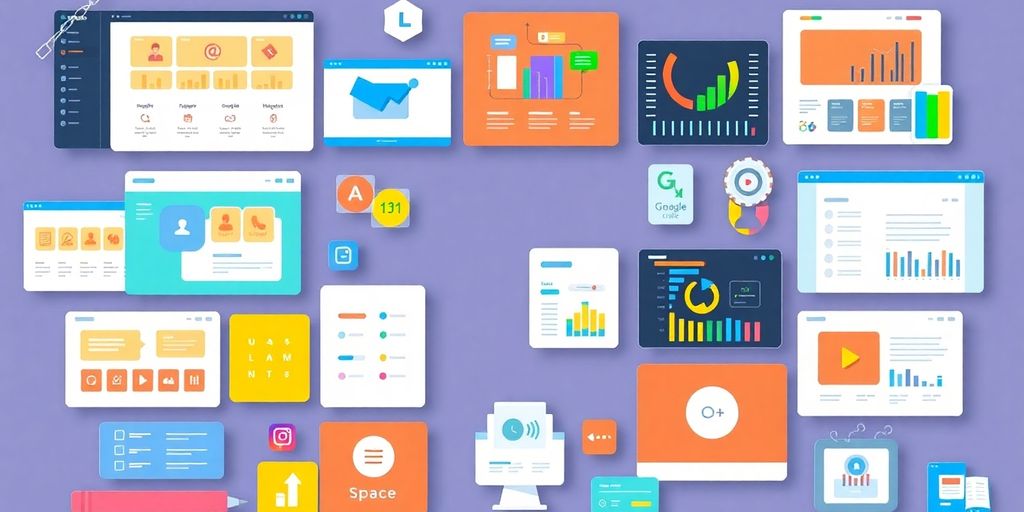
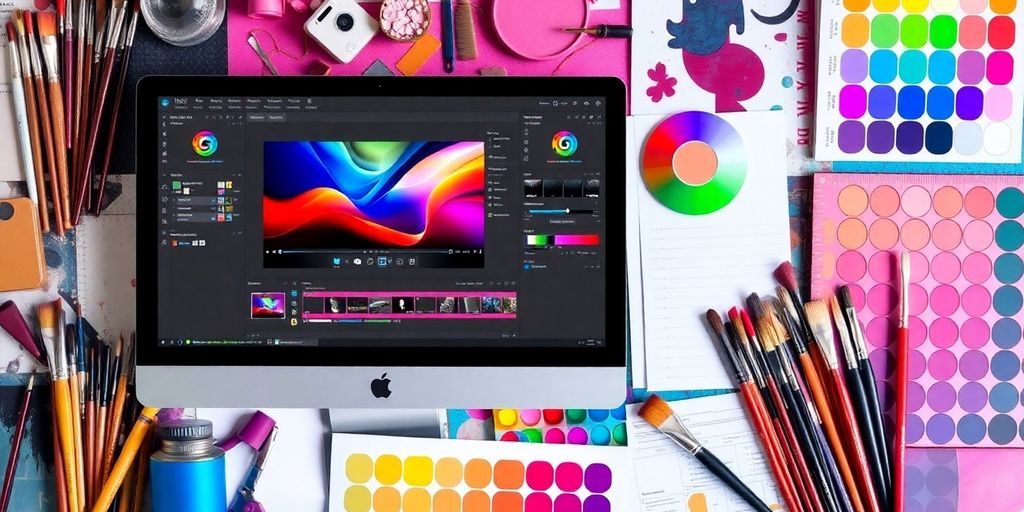
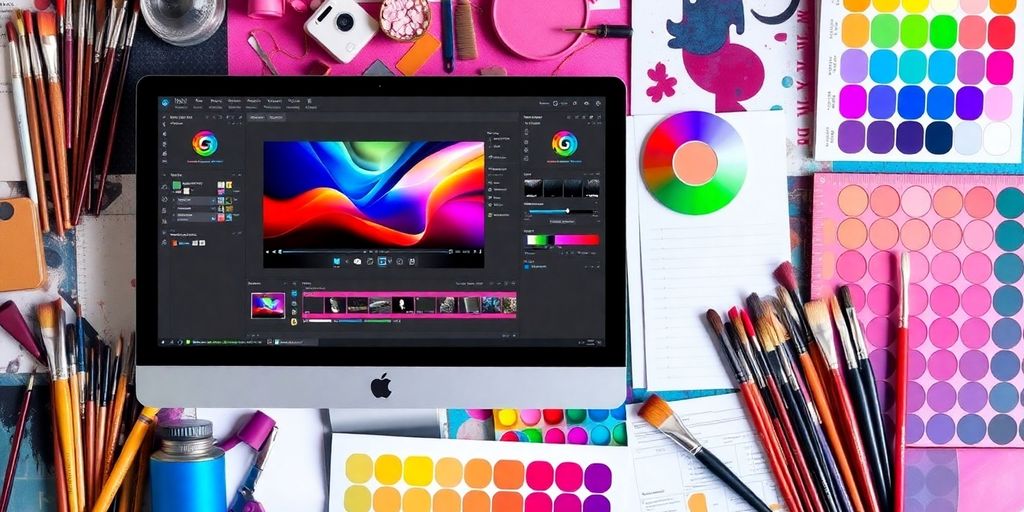
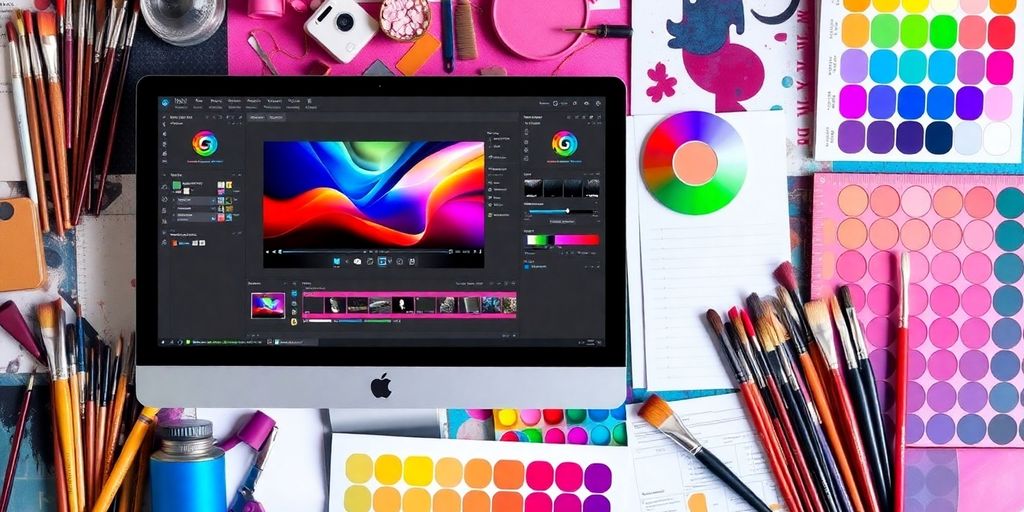




Responses